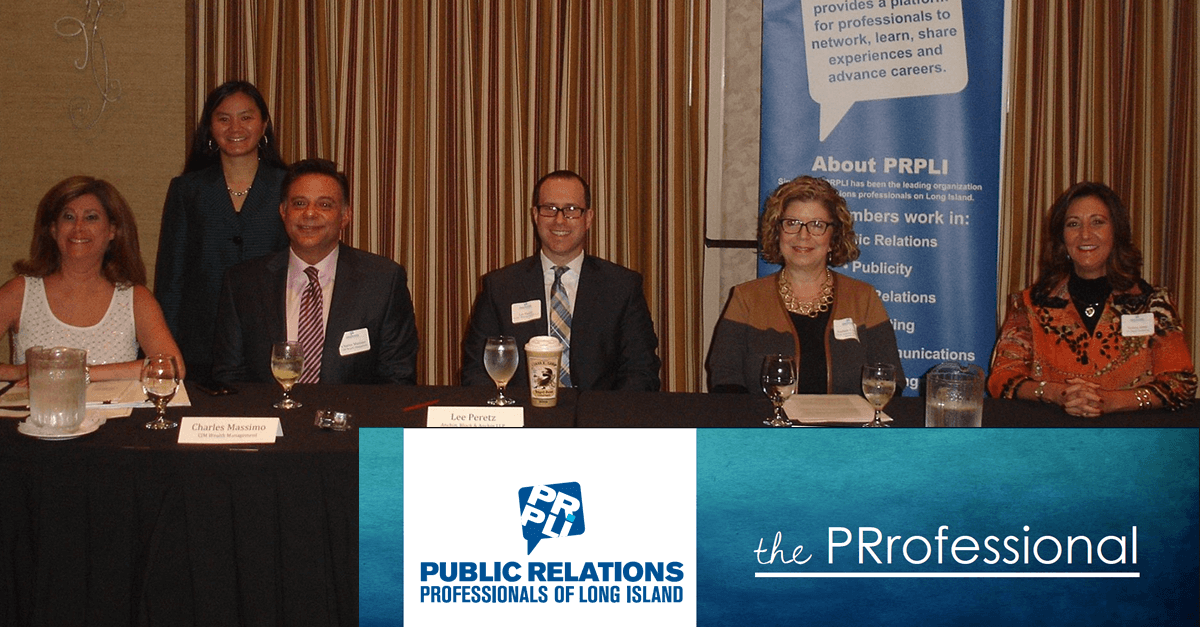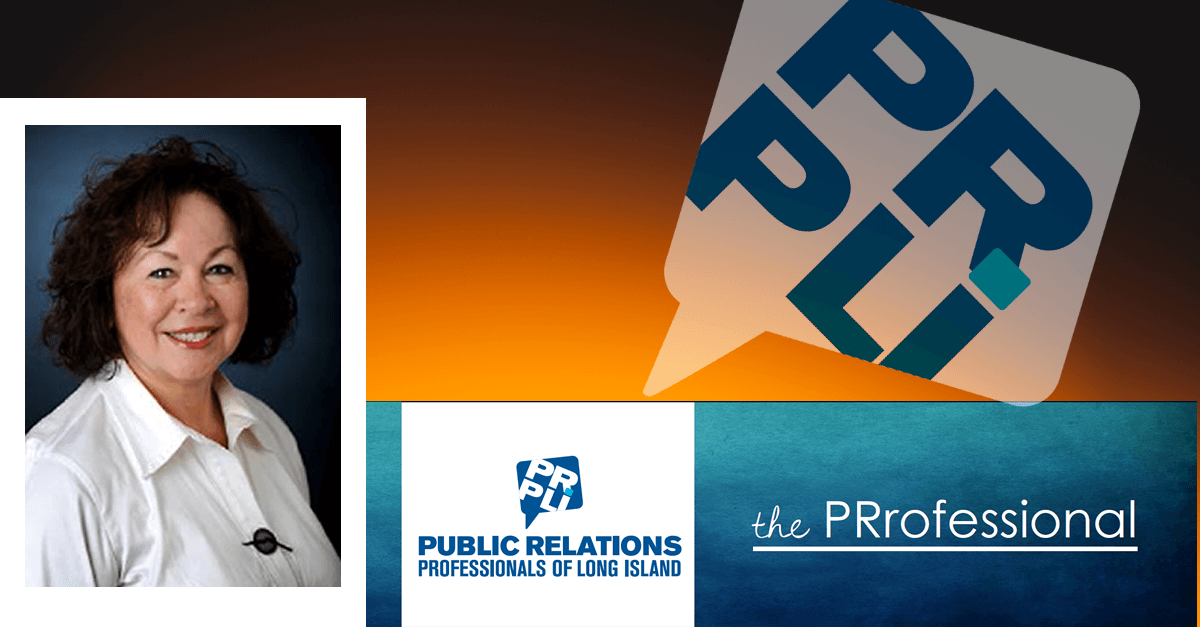By Valerie Esposito
For many years, companies have kept their marketing and public relations offices separate, finding it beneficial to allow for these efforts to work apart rather than together. In recent years, more companies are opting to combine these offices and have them work collaboratively to meet the company’s needs.
By definition, marketing is the action or business of promoting and selling products, while public relations is the professional maintenance of a favorable public image. With vastly different definitions, both fields play crucial roles in the communications aspect of achieving a company’s goals. So how do they line up to complement one another’s mission at one local college, law firm, and hospital?
“Last year, St. Joseph’s College President Dr. Jack Calareso made the decision to separate communications from fundraising and created the Office of Marketing and Communications,” says Jessica McAleer Decatur, vice president for marketing and communications at SJC.
“The office manages everything from public relations, government and legislative affairs, and social media, to print and digital communications, advertising, and the College website for both its Brooklyn and Long Island campuses,” she adds. “When you’re responsible for providing services to two distinctly different audiences separated by more than 50 miles, it’s important for the process to be streamlined. Having all communications under one umbrella makes crafting and managing our messages more collaborative, unified, and succinct.”
Like St. Joseph’s, many organizations on Long Island have multiple locations, but their messages must be consistent, and having one team for crafting and delivering messages is a good place to start. As PRPLI board member Nina McCann points out, the same can be beneficial for organizations with only one location.
McCann, the director of marketing and public relations for Forchelli, Curto, Deegan, Schwartz, Mineo & Terrana, LLP, says, “My primary goals are selling our services and executing a strong branding strategy while promoting our firm’s projects and attorneys as thought leaders in their respective practices. Having both roles handled by the same team allows us to unify the firm’s overall strategy and messaging to clients and the public at large.”
Even some of Long Island’s largest organizations, such as Catholic Health Services and Good Samaritan Hospital Medical Center, are finding it necessary to combine departments, especially with the rise of social media in the past decade that has created endless portals for communication. Without a strong, collaborative team, companies often miss the opportunities to share concise messaging and hear feedback from clients and consumers across multiple platforms.
“At Good Samaritan Hospital Medical Center, social media and website responsibilities also reside within our marketing and public relations department, which allows us to repurpose content and reinforce messaging that goes out over multiple channels,” says Theresa Jacobellis, assistant vice president of marketing for Catholic Health Services of Long Island and assistant vice president of public affairs and marketing for Good Samaritan Hospital.
“Regardless of where a community member may encounter us, the core messages will be consistent for patients, family members, employees, physicians, elected officials, and community members. Increasingly, the lines between marketing and public relations are blurred as we all work together to share positive stories about our organization with the public.”
As these three marketing and public relations professionals have pointed out, there are countless benefits for companies that have combined their public relations and marketing departments. Most of all, these creative PR and marketing practitioners can ensure that your needs are met by a united group of excellent communicators.






